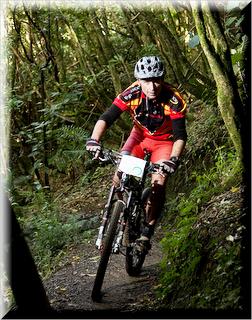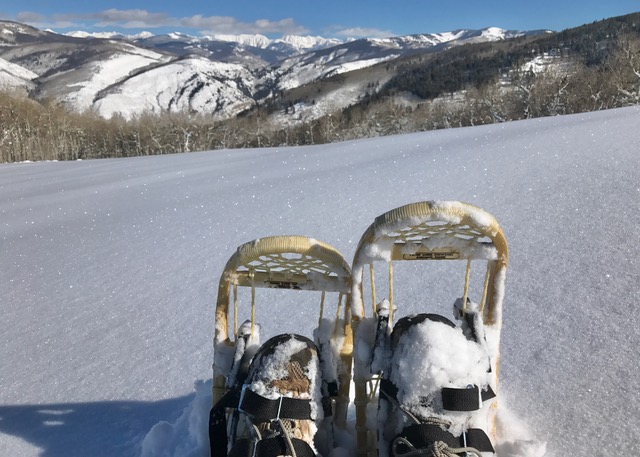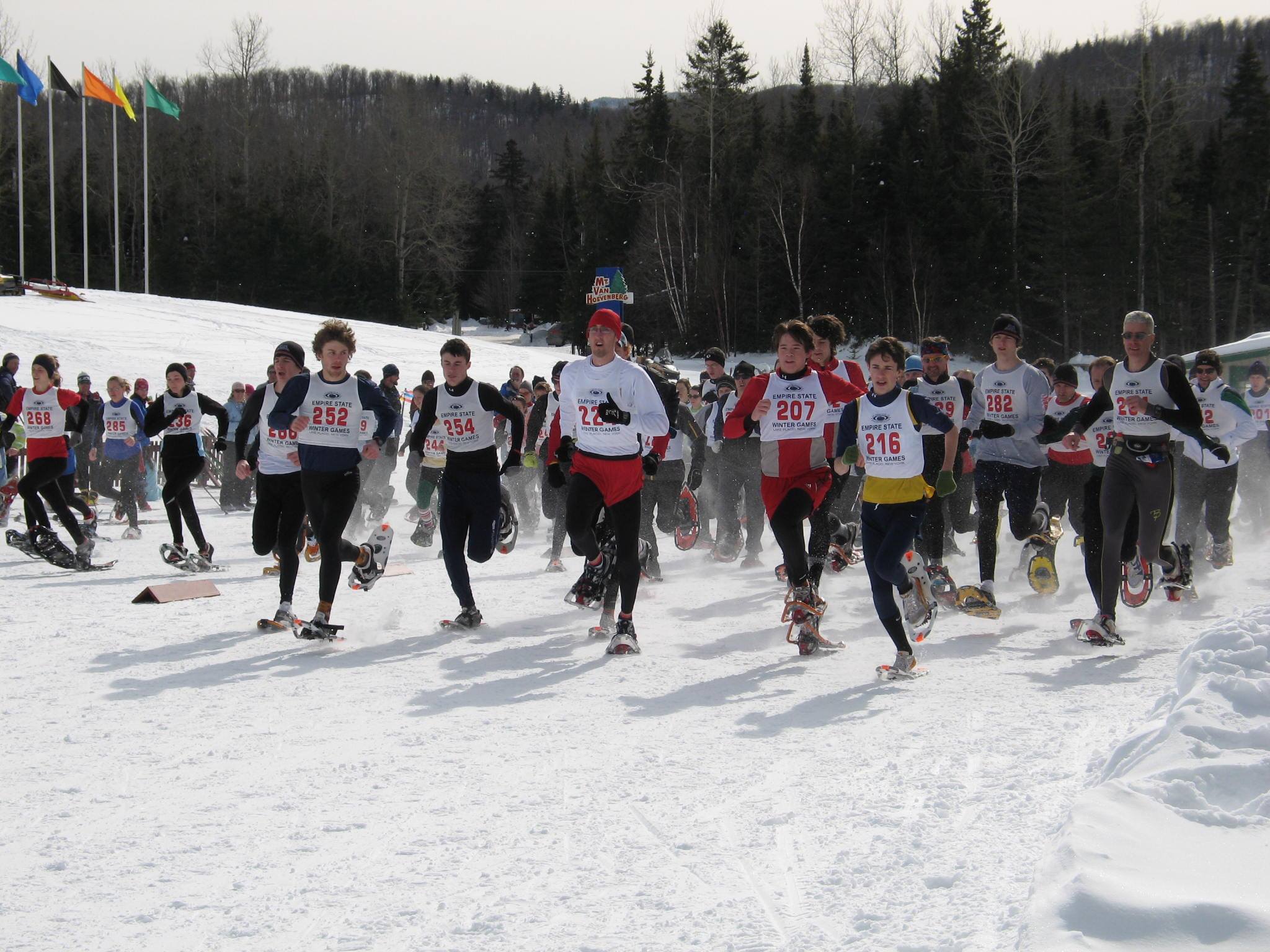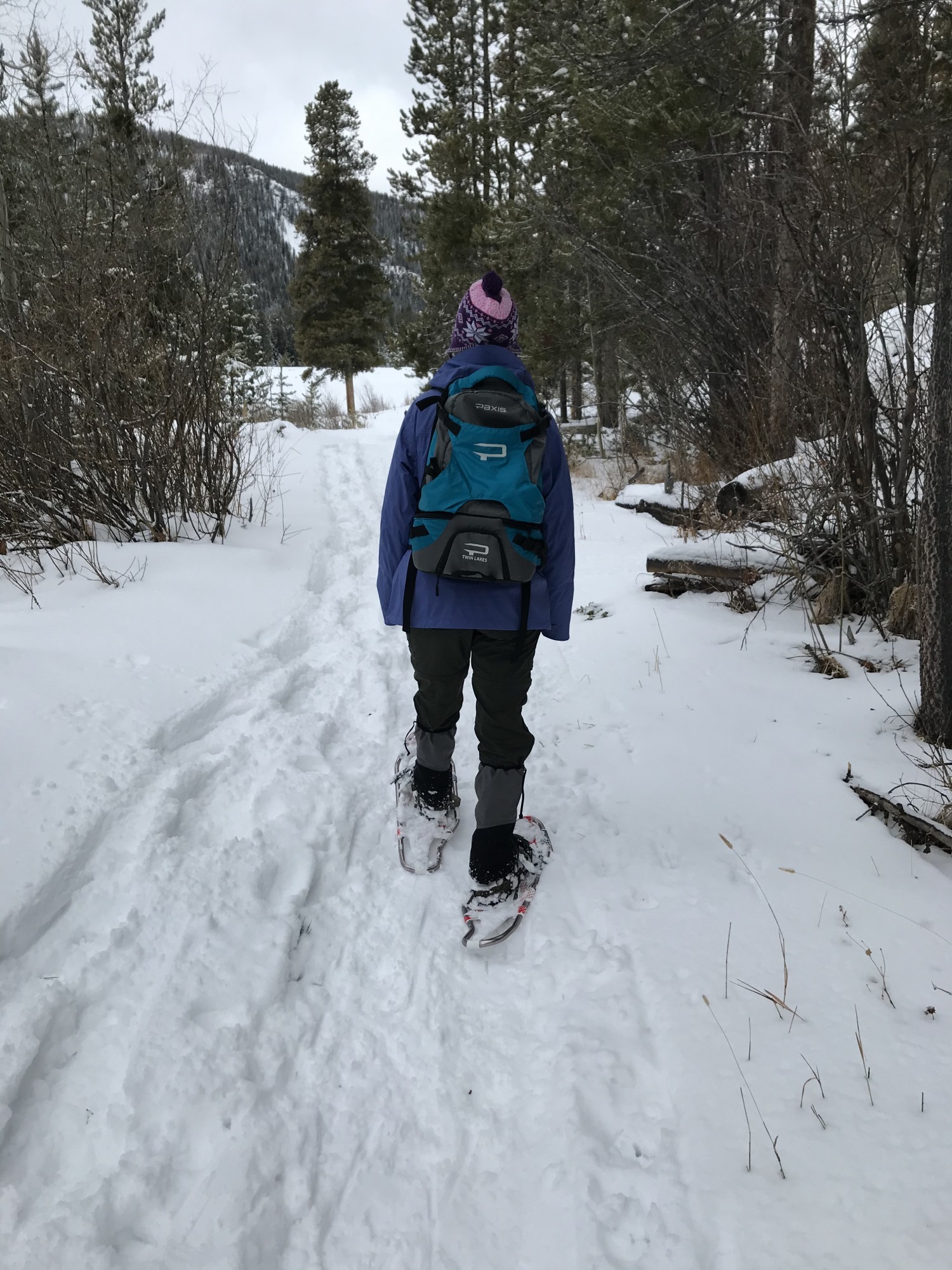Why do this? Combining the art of mountain biking with the insanity of tortuous trail runs. The answer is easy: masochistic tendencies for extended athletic pain and effort. Or is it effort and pain? We traveled the net to New Zealand finding the answer by asking endurance athlete, Gary Moller, with his academic qualifications that would take a 50 km race to list. He’s worked over 30 years full-time within hospitals and rehabilitation centers and as a professional adviser to coaches and athletes about injury management and high performance conditioning issues. His writings are encyclopedic in quantity and coverage.
Plus his younger sister, Lorraine, won a podium finish in the 1992 Olympic Marathon held in Barcelona at the advanced age for that sport of 37. Get this: of the top ten finishers other than her, two were 31, and the youngest was 23 with the remainder in-between. The top two were nine and eleven years younger than she was. The race was under hot conditions and getting worse.
These New Zealanders know something we should know. Fortunately, someone asked him the question first. Moller is allowing us to share his answer.
“I would like to ask you, if I could effectively combine mountain bike training with mountain running, to successfully compete in both.
Would you recommend lifting weights additionally, to increase the maximum strength and power output?”

Gary wrote:
Mountain bike training and mountain running are perfect partners – I could not think of a better combination. It’s what I practice personally.
Running straight up a mountain requires enormous endurance in the thighs, calves and buttocks. Mountain biking stresses these muscles perfectly. Running uphill and mountain biking are “concentric” exercise forms and are therefore unlikely to cause significant post exercise muscle soreness. Recovery between workouts is therefore quick as compared to recovery following running downhill which is eccentric in nature and, therefore guaranteed to cause muscle soreness.
Fitness Rules of Thumb
The general rule of thumb for improving an aspect of fitness, such as strength or endurance is to do between 3-5 workouts per week. To maintain the fitness gained, it is necessary to do 2-3 workouts per week.
The other rule of thumb to follow is to do blocks of activity of 6-8 weeks, followed by a short relaxation period of not longer than a week before commencing a further build over several weeks. So, if working on improving endurance, you would do 6-8 weeks of mostly endurance training, doing 3-5 sessions per week. After that block is completed, you would switch to say, an emphasis on strength, power and speed for 6-8 weeks of 3-5 sessions per week, while continuing with 2-3 endurance sessions per week.
Of course, unless you have heaps of time and energy and are really, really serious (like a pro athlete), you would probably end up doing the minimum of three sessions plus two to maintain what was previously worked on.

So, if we apply this to mountain running and mountain biking – and I would be inclined to keep things really simple – I would begin by first picking the discipline which is the most important to work on over the next 6-8 weeks. Let’s say it is mountain running because there is the Mountain Running Championships in eight weeks from now. So, the program would be mostly off road with hill running 3-5 sessions per week with 2-3 rides on your mountain bike between the running.
After the running race is done and dusted, I would then back off the running to just two per week and amp up the cycling for 6-8 weeks and target a mountain bike event. Got the idea?
Take care not to burn out
By default, mountain biking can be very intense without intention. It is so easy to end up maxing out grunting up a steep and rocky slope that is on the limits of your gearing and fitness. Take care not to burn out by ensuring that a ride that is intended to be “easy” is, in fact, easy. When doing high volumes of training, it is really, really important to ensure that there is a careful mix between high intensity and low intensity training sessions and the big emphasis is always on recovery between sessions. This is where athlete nutrition and massage are so critically important There are lots of articles on this blog about these two topics.
Do I recommend strength training – Yes!
The best strength training of all for mountain bike and mountain running is to do drills, on the bike and running, that develop speed and power. Drills like intervals, fartlek and repeat hill climbs can be adapted for both running and cycling. The most enjoyable benefit for running from incorporating mountain biking into your training is you will have boundless strength and power to stride up the steepest and longest of slopes.

Some upper body strength is desirable when mountain biking, mostly to resist the constant slamming of the arms and shoulders onto and over the handlebars when hoofing down rocky slopes and hitting the bottom of deep drop-offs at speed. Strong shoulders and forearms are handy as well when there is unplanned hitting the dirt which is a part of life when doing either or both of these crazy activities. Upper body strength can be built and maintained by working out in a gym twice a week. This does not have to be a commercial gym — all you need is a barbell set, mat, bench and chin-up bar, and you are away.
When an injury happens
Should you suffer an injury, as will surely be the case on more than one occasion when doing these sports, then switch immediately to alternatives activities. For example; if you sprain an ankle while running, then stop running for at least four days while continuing with cycling and gym. The gym and the biking, which may have been twice a week each at the time of injury, are upped to 3-5 per week for as long as it takes to be back into freely running. This way nothing is lost by injury.
Moller publishes his articles with recent titles like “I’m 59 years old, I have congestive heart failure and I weight 360 lbs.” Now this may not be you, but there is startling information in this article that can help all. Then there is “Read this before your child ends up on Ritalin,” and “Sitting is Killing You.” You had better stand up to take it all in.
GaryMoller.com promotes health, nutrition, physical fitness, athletic conditioning, quality of life, regardless of age — and to promote the traditional Kiwi outdoors lifestyle.
See his blog and website at: http://blog.garymoller.com/
Write him at: gazzamoller@gmail.com
Write Phillipgary@snowshoemag.com
Read his book: HARMONIZING: Keys to Living in the Song of Life
http://amzn.to/hLfjP9





